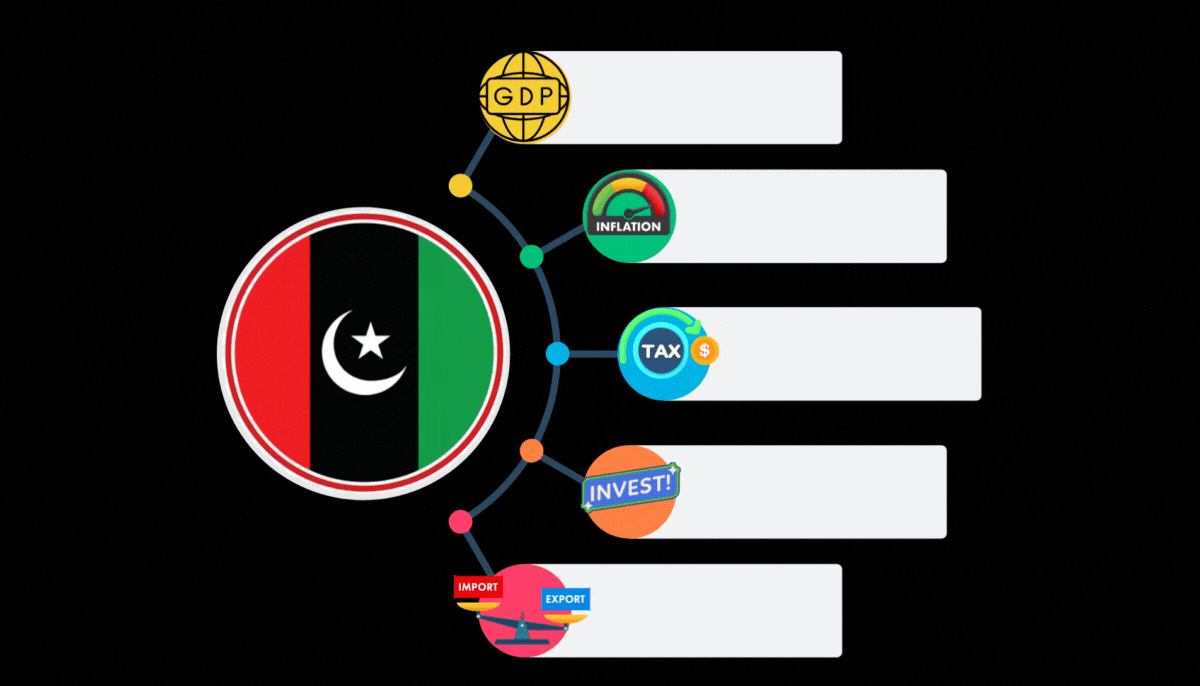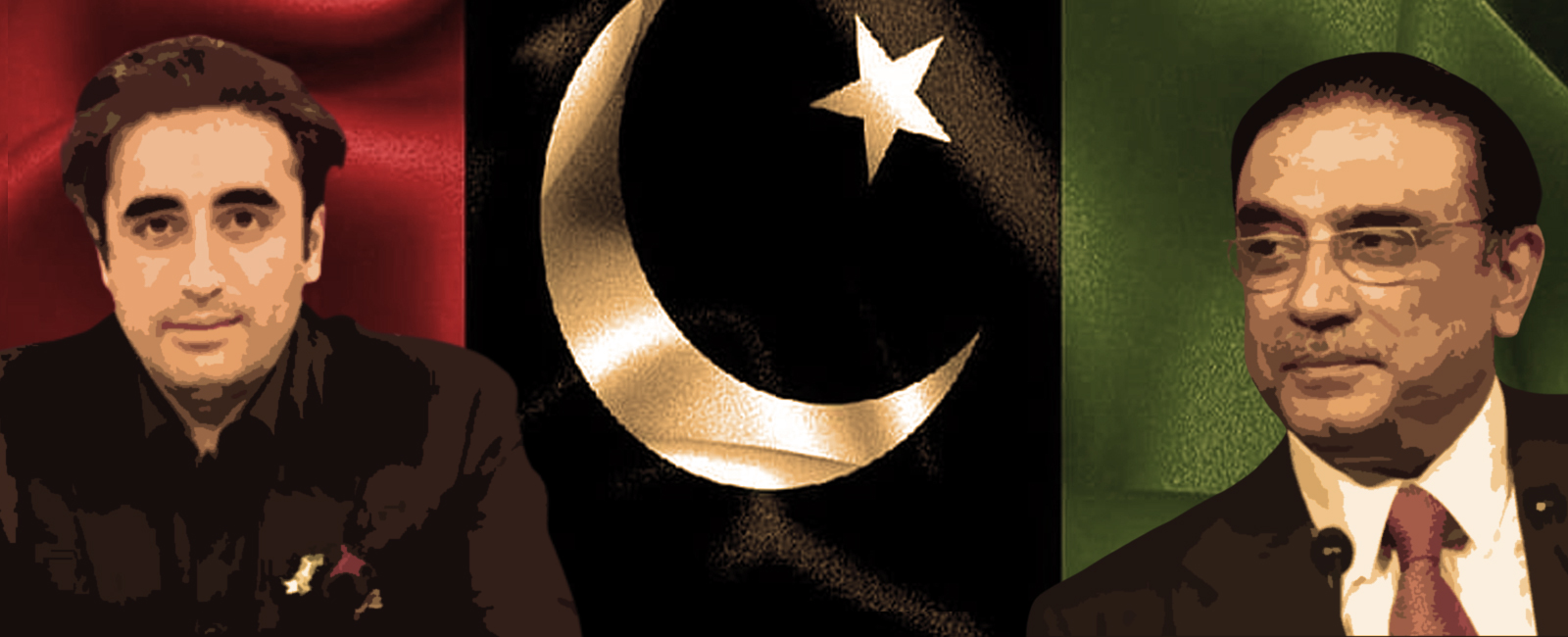Elections 2024: Making economic sense of PPP's 10-point welfare manifesto
This manifesto outlines series of policy proposals aimed at fostering inclusive growth, reducing inequality, and promoting overall prosperity

In the unfolding drama of the 2024 elections, the Pakistan People's Party (PPP), the first major party to present its election manifesto, has thrust its economic ambitions into the spotlight with a 10-point welfare manifesto ahead of the February 8 elections.
This manifesto serves as a roadmap for the PPP's future vision, outlining a series of policy proposals aimed at fostering inclusive growth, reducing inequality, and promoting overall prosperity. However, the pivotal question on everyone's mind is: Can the PPP effectively translate these ambitious promises into tangible economic realities?
PPP Chairman Bilawal Bhutto-Zardari unveiled an extensive election manifesto which can be summarised in the 10-point welfare agenda that he presented last month when he kickstarted his election campaign.
He claimed that PPP’s election agenda would help address pressing issues of poverty, unemployment, and inflation if his party is voted to power in the upcoming national elections.
Here's a breakdown of what Bilawal promised his party would do if they came into power.
- Double real income for wage earners — 8% increase every year
- Free solar energy of 300 units for the poor; every district to have green energy parks
- Education for all — rolling out projects for better education
- Free health for all across Pakistan
- Three million houses for flood affectees and the poor
- Ghurbat Mitao: Expand BISP’s scope; introduce more welfare schemes
- Khushhaal Kisaan: BISP-like programme for farmers and ‘Hari Card’
- Enhanced support for labourers through Benazir Mazdoor Card
- ‘Youth Card’ for unemployed youth and ‘Youth Markaz’
- ‘Bhook Mitao Programme’
PPP is recognised as one of Pakistan’s major political parties and has been elected to power consistently in Sindh since 2008. However, not many have been happy with their performance.
Not been a ‘good steward of economy’ in 2008
PPP’s performance during the five-year tenure from 2008 to 2013 was termed not just “bad” but “dismally bad” by several economists as they called it the worst economic performance by any government since independence.
The trade deficit that started to increase under General (retd) Parvez Musharraf’s tenure, widened even further under the PPP government.

PPP formed a government during the Great Recession in 2008 when global trade was declining. Despite assuming power under challenging conditions, during its tenure, the PPP government increased imports and exports; however, the increase wasn’t as significant compared to the damage that was done.
Asif Ali Zardari-led regime faced two significant economic challenges back in 2008: first, ubiquitous terrorist violence across the country which created an environment not conducive to growth or investment.
Second, the PPP government could not resolve the infrastructure deficits, the most apparent manifestation of which was blackouts that hit the industry hard. Had PPP been able to address these challenges, it could have made a more significant impact on trade.
Numerical overview of PPP’s performance
Let’s look at the numbers of the major economic indicators during the period from 2008-2012:
Average gross domestic product (GDP) growth during 2008-12 was 2.9%.
Other than the last 2-3 months, inflation mostly remained in double digits during the entire period of this government.
When the PPP came into power in 2008, the tax-to-GDP ratio was 10% and the plan was to increase it by 1% each year so that by 2013 it would be a healthy 15%. However, by the end of 2012, it was less than 9%.
The investment-to-GDP ratio in 2008 was 23%, which came down to 12.5%.
Can PPP change their image and keep promises in 2024?
While the promises and targets in the election manifesto are similar to the ones in the 2008 and 2013 elections, the question remains whether the PPP can effectively translate these ambitious promises into tangible economic realities this time as Pakistan's economy remains at the mercy of multilateral and bilateral donors.
“The only value these promises have is that the media will use them to remind the PPP of what was on its agenda. Should the party come to power, it’ll find that its promises must be put to the side to deliver another International Monetary Fund (IMF) programme and more price adjustments to citizens already reeling from inflation,” Director of the Pakistan Initiative at the Atlantic Council’s South Asia Center Uzair Younus told Geo.tv.
Elaborating further, independent economist Ammar Habib Khan gave a breakdown claiming that in Pakistan, the fiscal space to provide free solar energy or roll out education for all or free healthcare does not exist.
Furthermore, while commenting on PPP’s plan to provide free solar energy, Khan said: “It is entirely possible to develop micro-grids and provide free solar energy for lifeline customers, but that will require a complete revamp of the current energy infrastructure — whether the PPP has the will, or mettle to do the same remains to be seen.”
Shedding light on the Bilawal Bhutto-led party’s ambitious plans to establish a university in every district and provide stipends to students, the economist highlighted that there are more than 20 million out-of-school children; the fiscal space to roll out more schools, or even improve existing schools does not exist, unless tax revenues are substantially increased. Even looping in the private sector may not help here, he warned.
Meanwhile, in the case of healthcare, universal insurance has been made possible as we saw in the case of Sehat Insaf Cards — the same can be rolled out across the country. Although its fiscal cost will be high, it is achievable among other goals.
However, contrary to the claims of Younus and Khan, economist Dr Kaiser Bengali said PPP’s plan held “great promise”. "If successfully implemented, it could significantly improve the people's economy."
He, however, mentioned that for this to happen, a detailed budget and plan are crucial. “This plan should clearly outline the cost associated with achieving each of the 10 goals and identify viable funding sources,” he suggested.
While achieving these goals is possible, it will require substantial financial resources. The key question is, where will all this money come from? Dr Bengali suggests reallocating funds from non-developmental sectors, including the defence budget.
“Resources for these goals can be obtained by strategically reducing spending on non-developmental projects, including defence allocations,” he said. He added that these targets were attainable, but in the same breath, he also emphasised the importance of strategic planning.
Meanwhile, PPP — in its document titled: Awami Muashi Muahida — listed several means through which they will finance the human chapter, including:
1- By eliminating the 17 federal ministries which should have been devolved after the 18th amendment, we would save more than Rs 328 billion annually."
2- Eliminate subsidies to the elite. Untargeted subsidies of over Rs 1500 billion annually are provided to the privileged segments of society. These will be reallocated to social protection programmes and for enhancing people-friendly, climate-resilient investments.
3- By fundamentally restructuring Pakistan's development strategy to prioritise climate resilience in infrastructure, we should be better placed to tap into internationally available streams of climate finance including the loss and damage fund agreed upon.
4- Upon COP-27, and other forms of concessional financing, including Carbon credits.
5- To increase investments and social protection in a sustained manner, revenue collection in Pakistan must increase. The low level of revenue over two decades demonstrates that fundamental reform in the revenue machinery is required.
6- The only bright spot on the revenue collection front has been the revenue boards established at the provincial level to collect GST on services, with Sindh leading the way these provincial entities have performed much better than the Federal Board of Revenue (FBR).
7- We will devolve GST on goods that are still with FBR to the provincial revenue boards. This will not only increase Pakistan's revenue performance but will also unify GST collection.
While these promises have been repeated time and again this time economists and analysts are expecting some change as the party is now being run under the chairmanship of Bilawal Bhutto-Zardari.
It should be noted that the PPP, which won general elections in 2008 following former prime minister Benazir Bhutto’s assassination in a gun-and-bomb attack in 2007, has since then failed to make inroads into Pakistan’s most populous Punjab province, and as a result, form its government at the centre.
Bilawal, 35, will be leading his party once again aiming to crush rivals Pakistan Tehreek-e-Insaf (PTI) and the Pakistan Muslim League-Nawaz (PML-N) and win the national elections again, when (if) polling is held on February 8.
— The writer is a Geo.tv staffer




